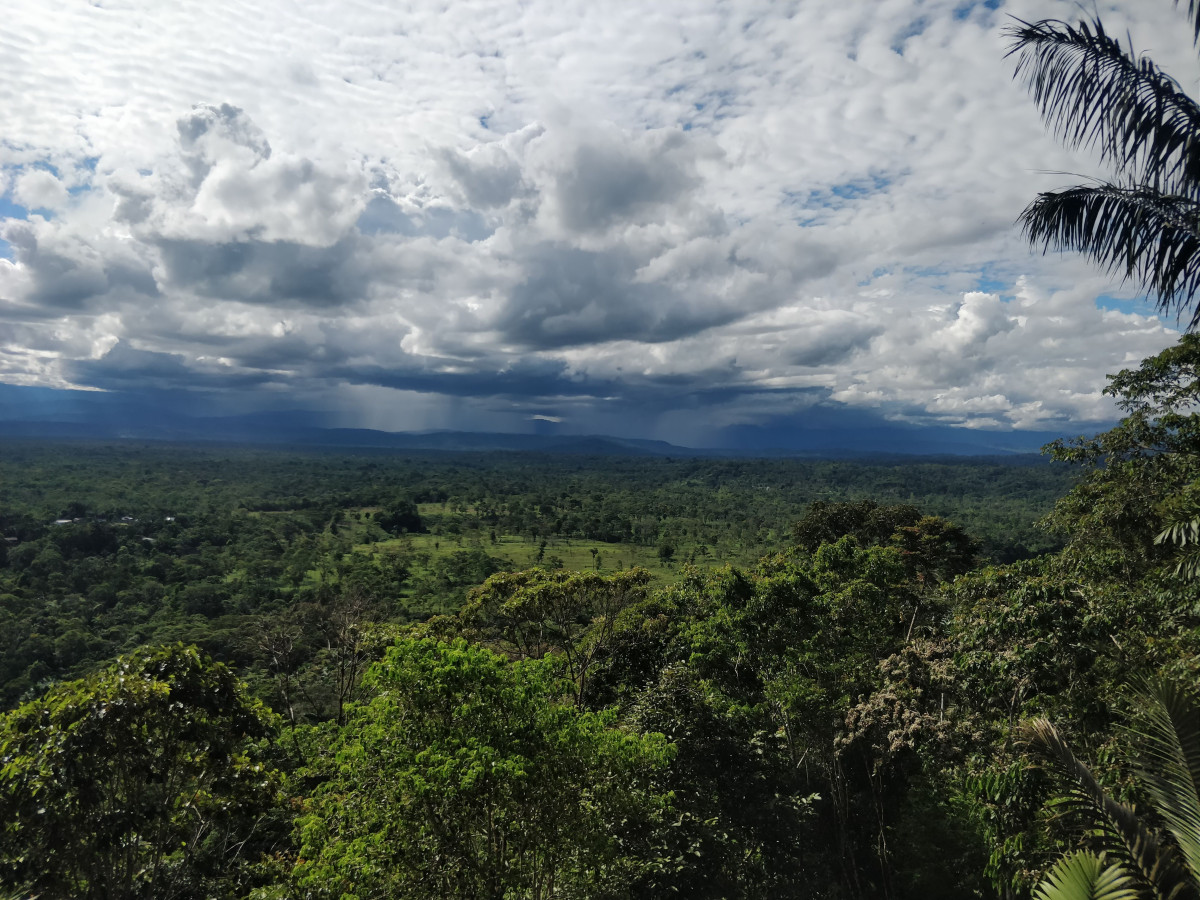COVID-19 and indigenous communities of Ecuador
Published: May 8, 2020 Reading time: 4 minutes Share: Share an articleEcuador reports the highest per-capita coronavirus deaths in Latin America. With over 1,493 coronavirus infections per million people, the total number of deaths exceeded 1,700 due to COVID-19 on May 8th. By the time the total number of confirmed cases surpassed 30,000, it was approximately 20,000 cases more than in the Czech Republic and Slovakia combined, which together have a million inhabitants less than Ecuador.

While on April 23rd the number of confirmed cases in Ecuador was around 11,000, a day later the number doubled. The Minster of the Interior attributed this situation to late test results. This would mean that almost half the people tested turned out to be positive.
On the very same day, the government reported 576 deaths. However, The New York Times' analysis suggested that Ecuador’s death toll was 15 times higher. During the first two weeks of April, the number of people who died in Ecuador was three times higher than usual. The province of Guayas on the Pacific coast suffered the worst. The number of deaths in the first half of April seen here, was 6,700, compared to 1,000 in a normal two-week period.
These numbers suggest that the country has faced one of the worst pandemic outbreaks in the world.
(Dis)advantages of Isolated Indigenous People
The geographical location of Ecuador’s indigenous people should correlate with the situation they find themselves in during this pandemic. In theory, they should be protected. The farther away they live from a contaminated city, the less exposed they should be to the risk of infection. This would seem logical and the pandemic would not reach isolated areas. But there is a catch…
Self-sufficient communities cultivate their own land and consume what they grow. They also actively isolate themselves. In accordance with the right to self-determination of nations and territorial autonomy, indigenous leaders even called on communities to remain in isolation during May despite the planned loosening of restrictions. Indigenous federations and confederations have translated information related to the prevention of the spread of the disease into indigenous languages because the state and official media have failed to do so.
The problem, however, is that oil and metal extraction continues regardless of the pandemic. The biodiverse area in the southern part of Ecuador’s Amazon is known not only for its unique fauna and flora, but also for its lands rich in minerals. Restrictions on free movement have reduced economic activity throughout the country, but trucks continue to circulate in places where indigenous people live, whose only defense against infection is isolation. The extracted minerals are being transported to ports in the most affected province of Guayas.
Carriers commute between remote areas and COVID-19-affected cities, bringing direct contact between them and the natives. Meanwhile, access to health care is problematic for isolated indigenous communities in Ecuador and treatment is difficult to reach.
We follow the case of the first infected person from the province of Zamora Chinchipe, where we have supported projects for indigenous organizations in the past. The infected person did not receive any help from the medical facility in the neighborhood, even though this was the first case in the area and the system was not overloaded. While this person first tested positive, the results of the second, third, and fourth tests were not provided, causing further frustration. The patient was ordered to stay at home in isolation, without professional help or access to medicine, which led to psychological problems.
Local and international media recently reported infections in the Siekopai community, where 15 cases were confirmed. The highly infectious disease poses a serious threat to the extinction of this nation that has some 744 members. At the moment, it is not possible to say with certainty how the virus entered this group, but this Amazonian tribe is no longer surrounded by only the rainforest, but increasingly by oil infrastructure and oil palm plantations and external workers.
We Support the Rights of Indigenous Peoples
People in Need has been helping indigenous movements and local communities in Ecuador for several years. We primarily focus on organizations that bring together representatives of local communities and voice their demands. The main goal of our work in Ecuador is not only to strengthen the ability of indigenous people to defend their rights and territories, but also to contribute to the development of organizational capacities of supported organizations.



